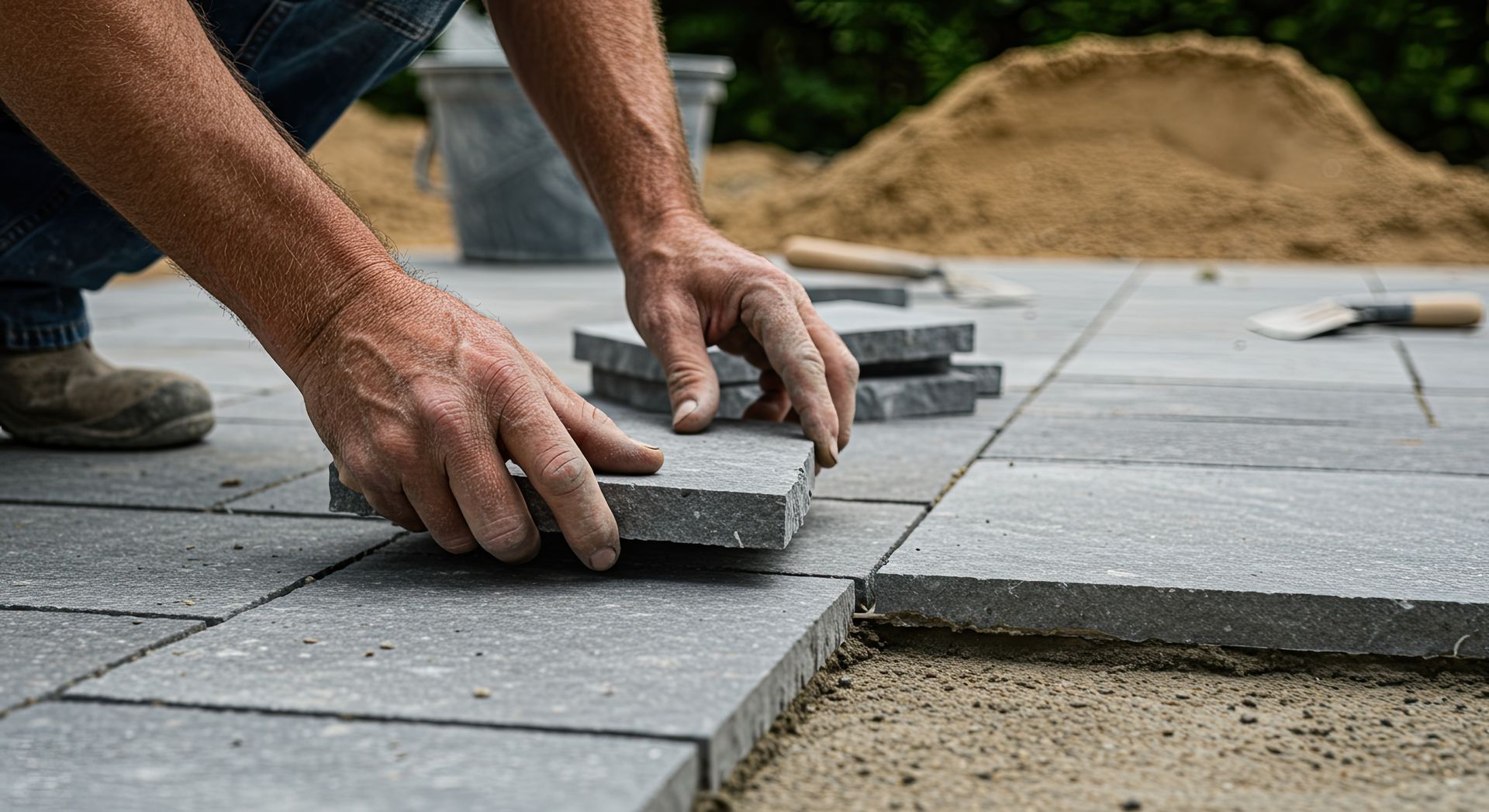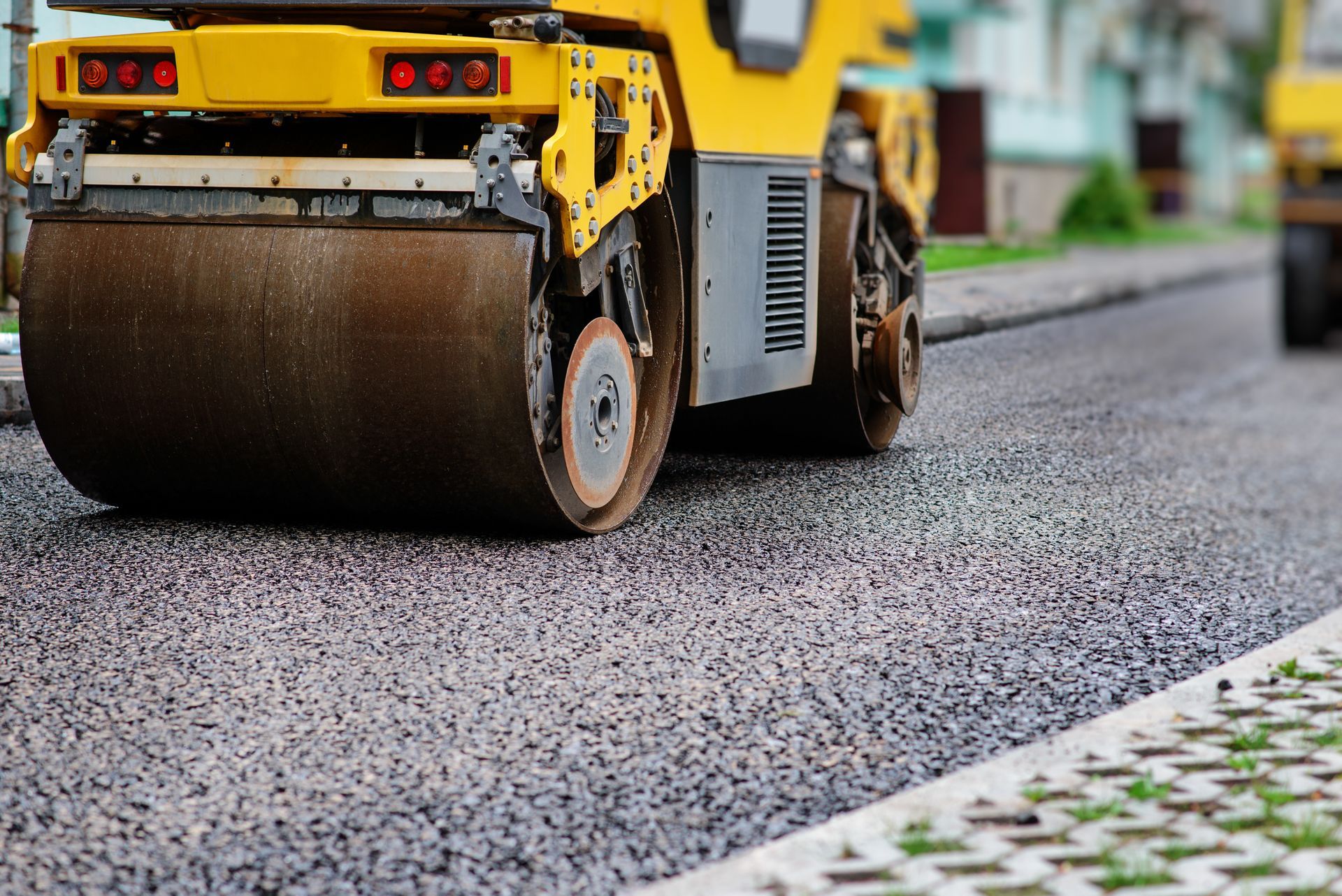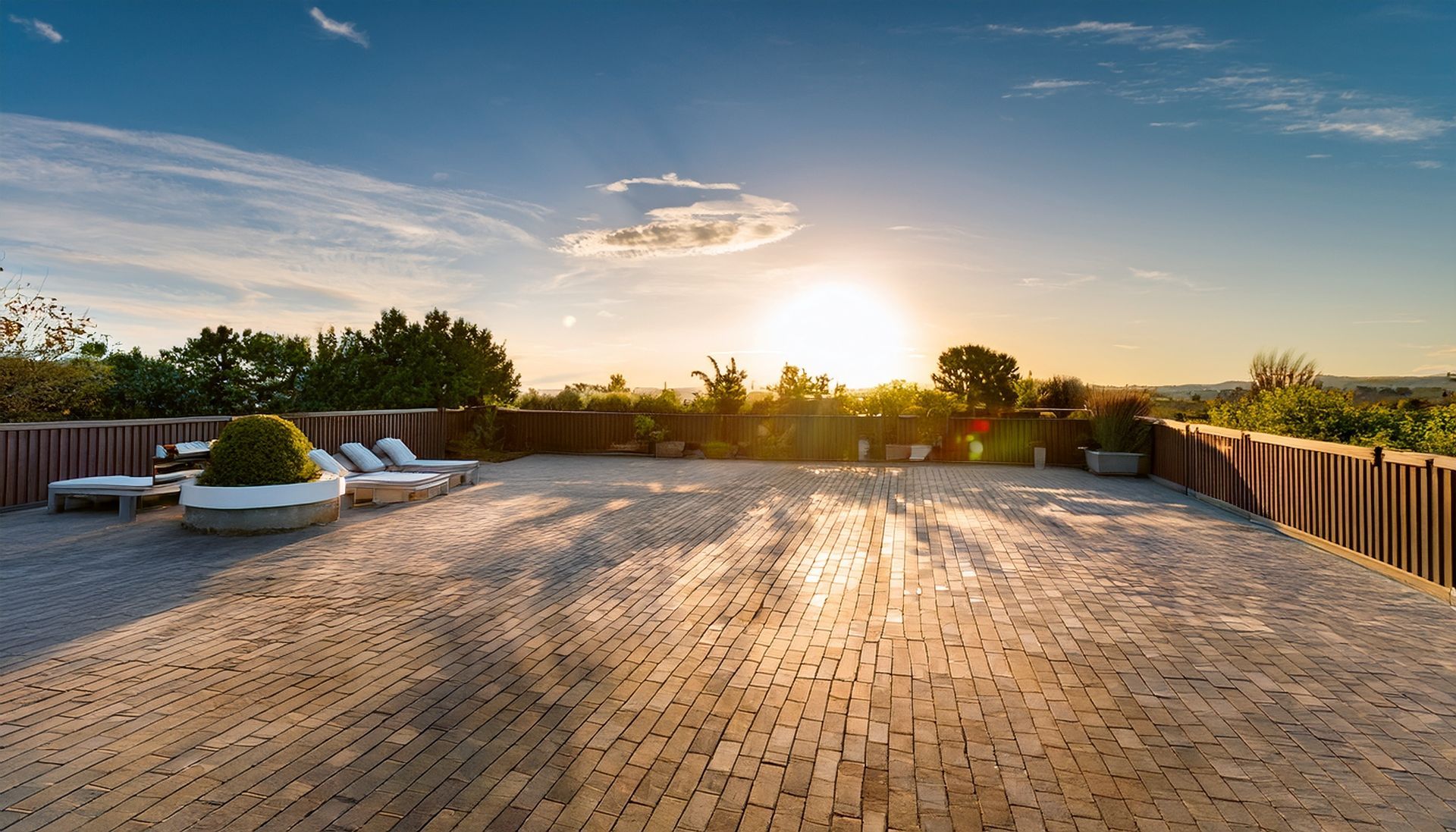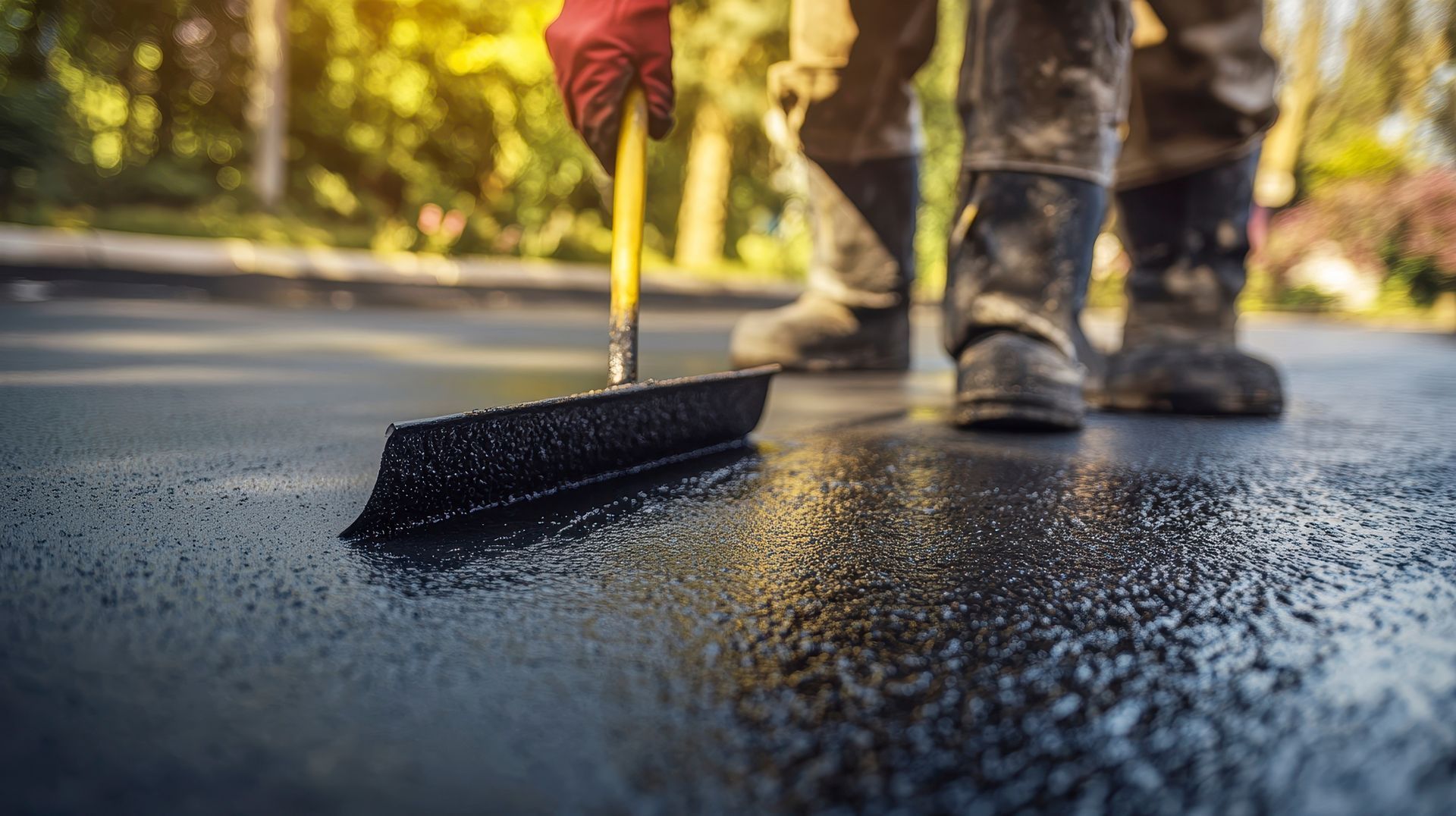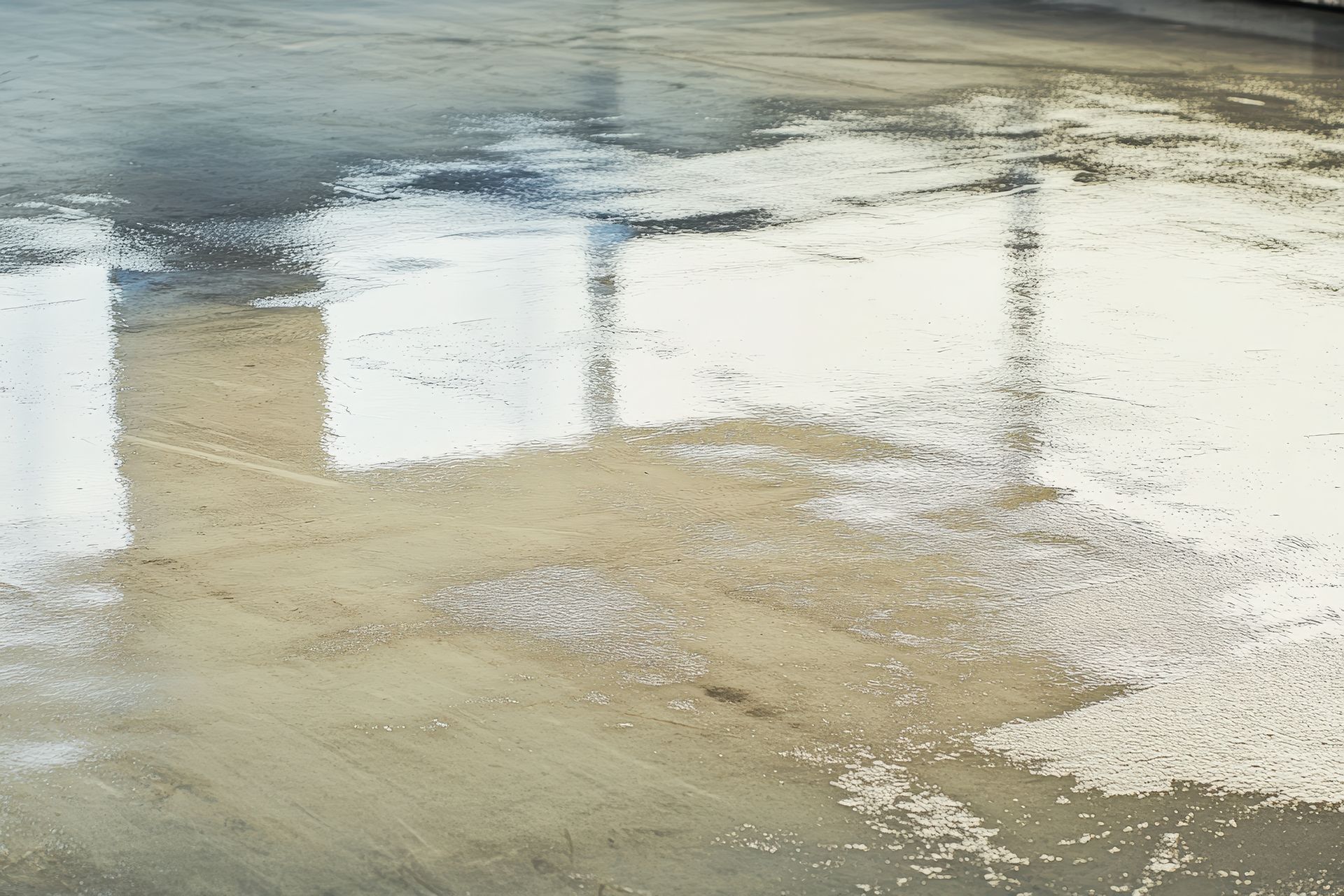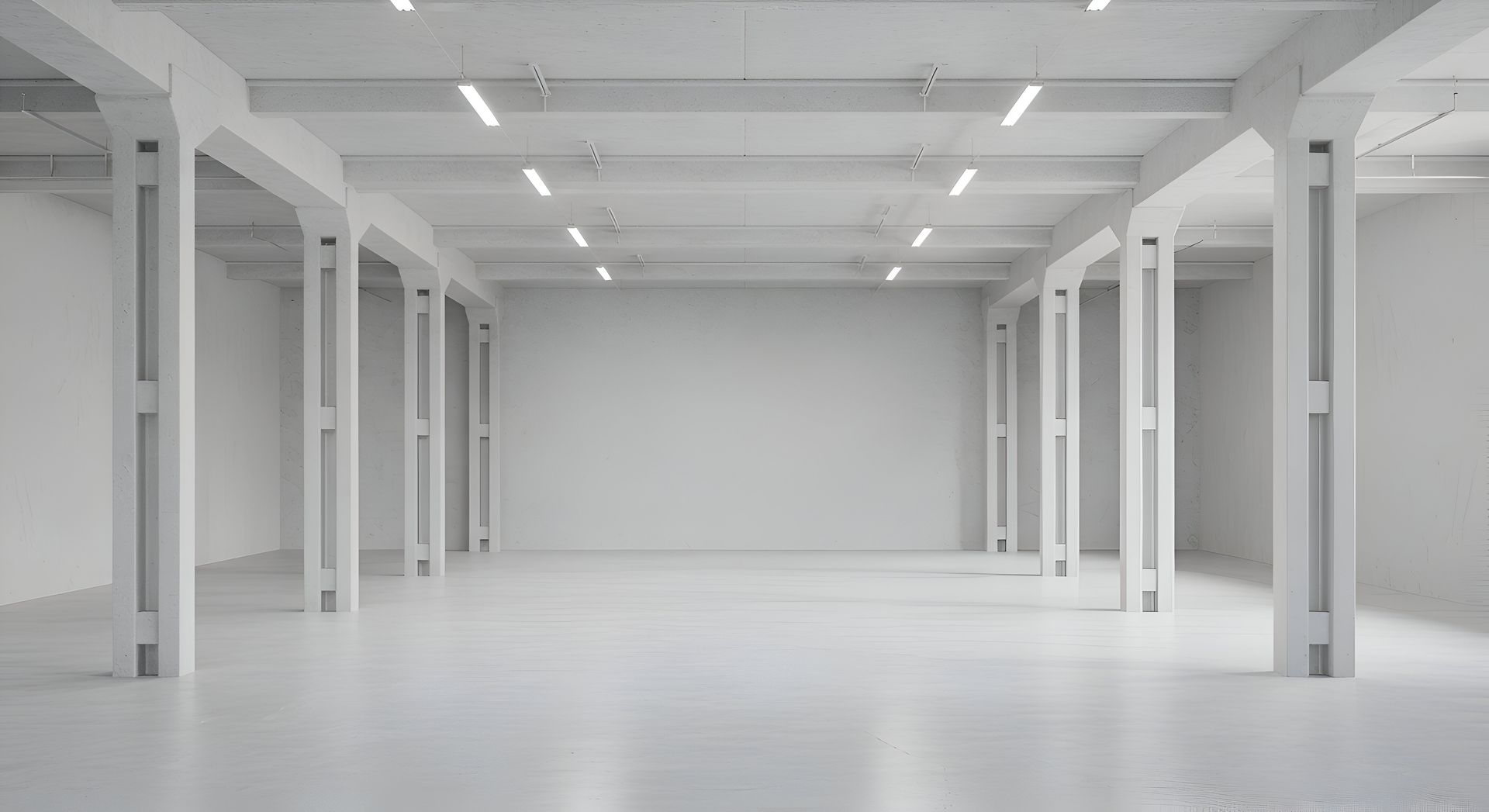
For landscaping professionals in Denver, the goal of every project is to deliver outdoor spaces that combine functionality with visual appeal. Homeowners and commercial clients alike are no longer satisfied with plain concrete slabs or basic stone features. Instead, they want outdoor environments that feel personalized, luxurious, and cohesive. Stamped and decorative concrete has become a cornerstone of modern landscaping projects because it allows designers to achieve premium aesthetics without sacrificing durability.
Stamped concrete provides landscaping professionals with a versatile material that can mimic natural stone, brick, slate, or even wood—at a fraction of the cost. Beyond aesthetics, it also withstands Denver’s freeze-thaw cycles, high-altitude UV exposure, and the heavy use that outdoor living spaces often endure. For landscape designers seeking to impress clients and differentiate their services, stamped concrete opens the door to creative and long-lasting designs that wow.
Why Landscaping Professionals Choose Stamped Concrete
Stamped concrete offers a unique blend of artistry and practicality that makes it one of the most valuable tools in a landscaper’s portfolio.
- Design Versatility: With hundreds of patterns and color options, stamped concrete can complement any landscape style—from rustic mountain-inspired patios to sleek modern courtyards.
- Durability: When properly installed and sealed, stamped concrete can last 25–30 years, even in Denver’s challenging climate.
- Cost Efficiency: Clients achieve the upscale look of natural stone or custom pavers at a lower cost, making high-end designs more accessible.
- Low Maintenance: Unlike wood or pavers, stamped concrete does not shift, splinter, or require constant upkeep.
- Customization: Colors can be mixed into the concrete, applied as stains, or layered for depth, allowing landscapers to create one-of-a-kind designs.
For landscaping professionals, stamped concrete isn’t just a material—it’s a value-added service that elevates both residential and commercial projects.
Inspiring Stamped Concrete Design Ideas
Stamped and decorative concrete can transform outdoor environments into functional art. Below are design inspirations that landscapers can integrate into premium projects for their clients.
Elegant Patios and Courtyards
Stamped concrete patios remain one of the most requested outdoor upgrades. Patterns that replicate flagstone, cobblestone, or slate provide the upscale look of natural materials without the high labor and installation costs. Incorporating borders, inlays, or compass medallions adds a bespoke feel to patios, making them focal points for entertaining.
Walkways That Blend with Nature
Curved stamped concrete walkways designed to mimic stone pathways create a seamless transition between home, garden, and outdoor features. Using earthy tones such as sandstone, gray slate, or terracotta enhances natural landscaping elements. Adding textures also improves traction, making walkways both safe and stylish.
Pool Decks with Style and Safety
For landscapers designing poolside environments, stamped concrete is a perfect fit. It can replicate tile or wood decking while offering slip-resistant finishes. Light-colored concrete also reflects sunlight, helping keep surfaces cooler underfoot during Denver’s sunny summers.
Driveways That Impress
Stamped concrete driveways add instant curb appeal and set homes apart. Patterns such as European fan, herringbone brick, or exposed aggregate accents give driveways a distinctive, high-end appearance that boosts property value.
Outdoor Kitchens and Entertaining Spaces
Stamped concrete pairs beautifully with outdoor kitchens, fire pits, and seating walls. By using complementary colors and patterns, landscapers can tie together patios, dining areas, and cooking stations into cohesive entertainment zones. See our guide on the best concrete designs for outdoor entertaining.
Garden Edging and Retaining Walls
Decorative concrete is not limited to flat surfaces. Landscapers can incorporate stamped finishes into vertical elements like retaining walls or raised planters, creating unified design themes across the property.
Techniques to Elevate Decorative Concrete Projects
For landscaping professionals, mastering stamped concrete goes beyond choosing patterns. Attention to detail and advanced techniques are what truly elevate a project:
- Color Layering: Combining integral color with topical stains creates depth and realism, making stamped surfaces nearly indistinguishable from natural stone.
- Borders and Accents: Contrasting borders in darker or lighter shades highlight shapes and add sophistication.
- Texture Mats: Using high-quality texture mats ensures crisp impressions and consistent results.
- Custom Stamps: For clients seeking branded or unique features, custom stamp molds can create logos, monograms, or thematic designs.
- Sealing Strategies: The right sealant protects against UV damage, stains, and water infiltration, ensuring longevity. Adding
non-slip additives is critical for high-traffic or wet areas.
These details help landscapers deliver premium results that not only meet but exceed client expectations.
Collaboration Between Landscapers and Concrete Specialists
While many landscapers incorporate stamped concrete directly into their services, others benefit from collaborating with concrete specialists. This partnership allows landscaping professionals to focus on overall design and planting schemes while relying on experts for flawless concrete installation.
Benefits of collaboration include:
- Access to Expertise:
Concrete professionals bring technical knowledge about mix design, curing, and reinforcement.
- Efficient Project Timelines: Coordinated efforts reduce downtime and ensure projects progress smoothly.
- Expanded Service Offerings: Landscapers can market comprehensive outdoor packages that include both greenery and premium hardscaping.
- Client Confidence: Working with trusted partners ensures high-quality results that reflect positively on the landscaper’s brand.
Companies like Creteworx in Denver specialize in stamped and decorative concrete, making them ideal partners for landscaping professionals aiming to elevate their outdoor projects.
Maintenance Guidance for Clients
Part of impressing clients is not only delivering a beautiful stamped concrete installation but also providing guidance on keeping it that way. Landscapers should educate clients on simple maintenance practices:
- Seal Every 2–3 Years: Protects color vibrancy and resists stains from food, drinks, or pool chemicals.
- Clean Regularly: Sweeping debris and rinsing spills prevents long-term discoloration.
- Avoid Harsh Chemicals: Recommend gentle cleaners instead of acidic or abrasive products.
- Use Safe De-Icers: Calcium magnesium acetate is less damaging than rock salt during Denver winters.
- Prompt Repairs: Encourage clients to address chips or cracks quickly to prevent spreading.
By providing this knowledge, landscaping professionals reinforce their role as trusted advisors, leading to repeat business and referrals.
Frequently Asked Questions About Stamped Concrete in Landscaping
How long does stamped concrete last in Denver’s climate?
When installed and maintained properly, stamped concrete can last 25–30 years, even with Denver’s freeze-thaw cycles.
Is stamped concrete slippery?
Stamped concrete can be sealed with non-slip additives, making it safe for pool decks, walkways, and other high-traffic areas.
How much does stamped concrete cost for landscaping projects?
Costs generally range from $12 to $20 per square foot, depending on design complexity, colors, and site preparation. Decorative borders or custom stamps may increase the price.
Can stamped concrete match natural stone?
Yes. With advanced color layering and high-quality mats, stamped concrete can replicate the look of slate, flagstone, brick, or even wood with remarkable realism.
Can stamped concrete be used vertically?
Absolutely. Vertical stamped concrete can enhance retaining walls, garden features, and even outdoor fireplaces.
Do clients need to reseal stamped concrete often?
Resealing every 2–3 years is recommended. High-use areas like pool decks or driveways may benefit from more frequent sealing.
Final Thoughts for Landscaping Professionals
For landscape designers in Denver, stamped concrete is more than just a building material—it’s a creative medium that turns standard outdoor projects into showpieces. Its versatility, durability, and cost efficiency make it an invaluable tool for professionals looking to deliver premium results that delight clients.
By integrating stamped concrete into patios, walkways, pool decks, or vertical features, landscapers can craft outdoor spaces that are both beautiful and practical.
Partnering with experienced specialists like Creteworx ensures every project meets the highest standards, allowing landscaping professionals to expand their services and stand out in a competitive market.
